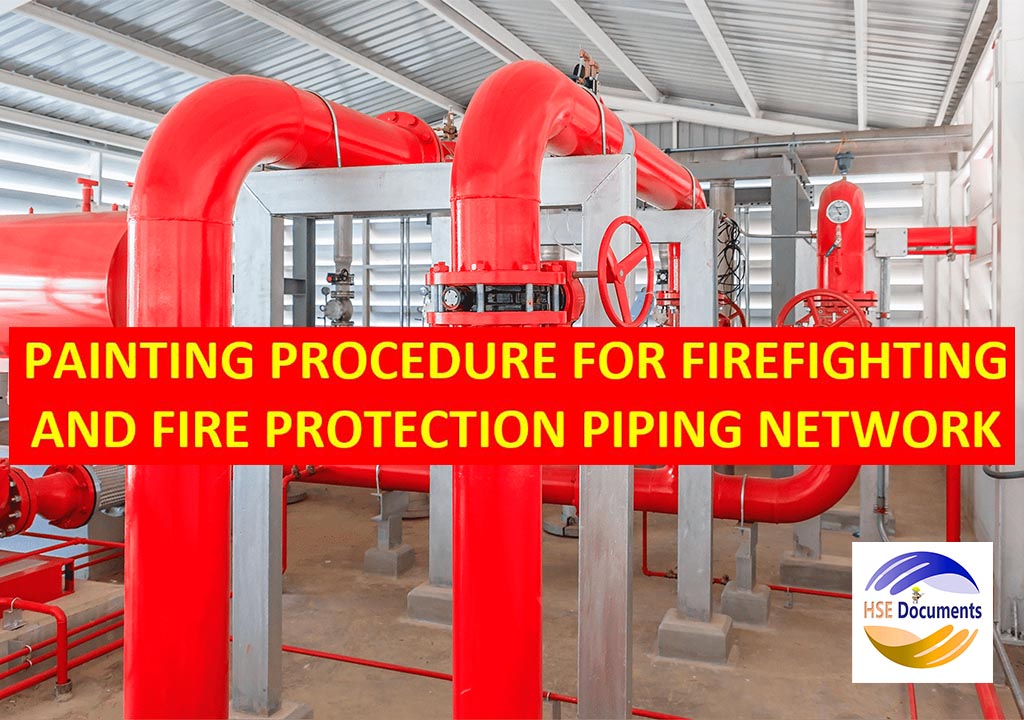Painting the firefighting and fire protection piping network is an important step in ensuring its durability, visibility, and adherence to safety standards. The following procedure outlines the general steps involved in painting the piping network:
Preparing the area:
Before starting any painting work, ensure that the area is clean and free from any dirt, dust, grease, or loose particles. Cover nearby surfaces and objects that are not meant to be painted with protective sheets or masking tape.
Selecting the paint:
Choose a paint that is specifically designed for use in firefighting and fire protection systems. The paint should be durable, resistant to corrosion, and have high-temperature tolerance. Consult the manufacturer's guidelines or local regulations to determine the suitable type of paint.
Surface preparation:
Ensure that the surface of the piping network is clean and free from rust or scale. Use a wire brush or sandpaper to remove any loose particles or corrosion. If the pipes are galvanized, it is important to remove the zinc coating where the paint will be applied to ensure proper adhesion.
Primer application:
Apply a suitable primer on the cleaned surface to enhance paint adhesion and corrosion resistance. Follow the manufacturer's instructions for mixing and application. Allow the primer to dry according to the recommended drying time before proceeding to the next step.
Paint application:
Stir the paint thoroughly before use. Use a brush, roller, or spray gun, depending on the size and accessibility of the piping network. Apply an even coat of paint to the surface, ensuring complete coverage. It is advisable to apply multiple thin coats rather than a single thick coat to achieve better results. Allow each coat to dry before applying the next one.
Safety markings:
In firefighting and fire protection systems, safety markings play a crucial role in quickly identifying different types of pipes, their contents, and their flow directions. Use suitable stencils or labels to mark the pipes as per the relevant safety codes and standards. Ensure that the markings are clear, legible, and placed at appropriate intervals along the piping network.
Final inspection:
Once the paint has dried completely, conduct a thorough inspection of the painted piping network. Check for any areas with inadequate coverage, drips, or unevenness. Touch up these areas as needed to ensure a uniform and professional finish.
Remember to follow all relevant safety precautions, such as wearing appropriate personal protective equipment (PPE), ensuring proper ventilation in the work area, and complying with local regulations and guidelines. Additionally, consult with local authorities or fire safety professionals to ensure compliance with specific requirements and standards applicable to your region.







1.jpg)


No comments:
Post a Comment